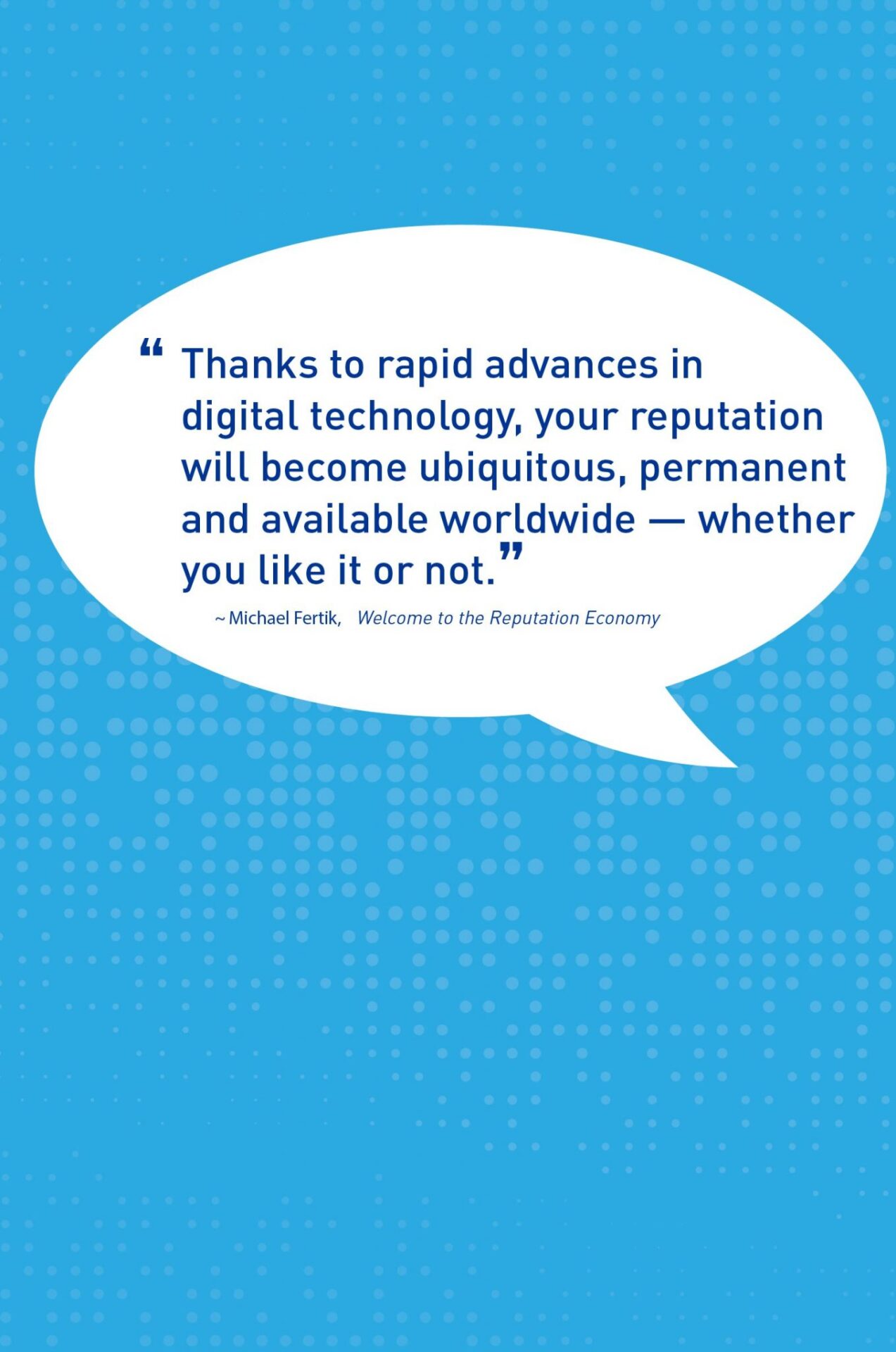5 Steps to 5 Stars: Use Great Online Reviews to Accelerate Sales
Reputation Staff Writer

Use Great Online Reviews to Accelerate Sales
What do your customers say about your company online? And how much do online reviews and star ratings affect public perception of your service?
 Online reviews play a vital role in the reputation and financial success of your company. Reviews can influence whether consumers buy your products or services, or your competitor’s. What’s more, they also have an effect on your ability to attract new customers.
Online reviews play a vital role in the reputation and financial success of your company. Reviews can influence whether consumers buy your products or services, or your competitor’s. What’s more, they also have an effect on your ability to attract new customers.
As a marketing professional, one of the single most important things you can do for your company is develop an online review generation and monitoring program.
Here’s why:
- In 2015, 92 percent of consumers read online reviews before making purchase decisions (up from 88 percent in 2014).¹
- 70 percent of consumers avoid buying a product if they don’t like the company behind it.²
- 64 percent of respondents trust a brand more if it encourages them to review its products and services.³
1 2015 MarketingProfs Survey
2 Weber Shandwick Innovation Trends Report: Always on Transparency 2016
3 Edelman Earned Brand global survey, 2016
Follow the steps in this guide to:
- Develop a system for requesting reviews
- Monitor review sites
- Enhance customer experience and satisfaction
- Increase business opportunities and revenue
Step 1: Develop a system for generating reviews from satisfied customers
 An abundance of good reviews gives your prospects a positive perception of your business and helps ensure you get a fair shake online. It’s important to generate reviews on a scalable and scheduled basis — not all at once.
An abundance of good reviews gives your prospects a positive perception of your business and helps ensure you get a fair shake online. It’s important to generate reviews on a scalable and scheduled basis — not all at once.
Both your prospects and search engines want to see that you’ve earned accolades for the quality of your service and products over a period of time.
Bonus Tip:
The way you ask customers to write reviews makes a big difference. You want to generate several reviews per week by sending requests in a steady trickle.
Request reviews from customers who are in a position to say something meaningful about their experience. Honor their trust by asking for their honest feedback. Authentic, longer reviews posted over time are considered the most trustworthy and boost your search ranking.
Example:
In a survey of 2,000 adults, 56 percent of respondents said online reviews from people they don’t know help them decide which products or services to consider, and half said they would pay more for a product with positive online reviews.¹
1 Mintel
Step 2: Monitor review sites and look for ways to improve customer experience and support
 Online review sites are one of a marketer’s best listening resources. Systematically monitoring review sites gives you important data about the quality of your sales, service and common concerns.
Online review sites are one of a marketer’s best listening resources. Systematically monitoring review sites gives you important data about the quality of your sales, service and common concerns.
Conversely, without continual and thorough monitoring, you’re left with a serious blind spot. Reviews contain a wealth of customer experience data, which can help you uncover and address recurring issues quickly.
Bonus Tip:
Consider all feedback constructive. It’s often valuable advice. Sometimes negative comments are warranted and you can use the information to improve sales, service and support. While getting great reviews is a primary objective for marketing, the real goal is enhancing the customer experience to improve your bottom line.
Example:
According to the 2015 Global State of Multichannel Customer Service Report, 62 percent of global consumers have stopped doing business with a brand or organization due to a poor customer service experience. By responding promptly and resolving problems, you can prevent negative reviews and encourage positive ones.
In fact, 97 percent of consumers worldwide say that customer service is critical to brand loyalty.¹
1 2015 Global State of Multichannel Customer Service Report
Step 3: Respond quickly and appropriately to reviews
 You don’t need to respond to all positive reviews, but when you see negative reviews, make sure you address concerns promptly. People post complaints because they want a quick response and because they want other people to see how you handle the situation.
You don’t need to respond to all positive reviews, but when you see negative reviews, make sure you address concerns promptly. People post complaints because they want a quick response and because they want other people to see how you handle the situation.
Bonus Tip:
When someone complains — whether because of a long wait, a product defect or a misunderstanding — you owe it to them and your business to respond to it.
It may be necessary to take the discussion offline to resolve the problem or keep an argument from escalating.
Example:
A Marketing Charts report found that 90 percent of American consumers will read customer reviews to judge a business.
Also, when judging a business, 60 percent of survey respondents use overall star ratings, while 44 percent use the quantity of reviews.
Step 4: Create a social media advertising strategy to boost your online presence
 Leading marketers know that social media gives them an opportunity to meet their customers where they spend the most time — on Facebook.
Leading marketers know that social media gives them an opportunity to meet their customers where they spend the most time — on Facebook.
In fact, Facebook reports that it has an average of 1.4 billion daily active users making it the largest social network in the world.
As such, it’s critical for your company to create a Facebook Advertising strategy that puts your posts in front of a captive audience and expands your community.
Facebook Advertising allows you to “boost” your social media posts so that you can target your content to people who like your page and their friends. When creating a strategy, consider boosting posts that will do the following:
- Promote good customer reviews about your quality of service
- Drive traffic to your website and your locations
- Increase awareness about a limited-time campaign
- Improve engagement
- Strengthen a sense of community with your customers
Bonus Tip:
When using Facebook Advertising, make sure the post you choose to boost complies with the social network’s Ad Guidelines. All boosted posts still have to be approved by the network before appearing higher on users’ News Feeds.
Step 5: Use great reviews to get great reviews
 Many people like to see what others have written before writing their own reviews. Plus, loyal customers who see positive reviews are inspired to add their own.
Many people like to see what others have written before writing their own reviews. Plus, loyal customers who see positive reviews are inspired to add their own.
Consider promoting them on your website and social media pages. Most review sites allow you to quote reviews, as long as you reference them. When using quotes, link back to the originals. This not only drives prospects to the review sites to view more positive reviews, it adds more authenticity to the reviews.
Bonus Tip:
Consider investing in tablets to collect reviews on-site and publish them instantly to your website or social media pages. You can also direct customers to post on sites such as Facebook and Google, using their mobile phones.
Example:
After launching its review generation program, a national retailer saw significant improvements in each of its locations. In several locations, their star rating went from 3.1 to 4.5 stars.
Positive review volume increased by 1,564 percent in one location. In another, the percentage of negative reviews dropped from 54 percent to 15 percent.
Conclusion:
 Following these five steps is the beginning of an effective strategy and system for taking control of your customer reviews. Your efforts will pay off. In the past several years, automotive dealer groups with active programs have not only enjoyed increases in their star ratings and search ranking. They’ve used the feedback to improve customer experience, and have seen the results in their bottom line.
Following these five steps is the beginning of an effective strategy and system for taking control of your customer reviews. Your efforts will pay off. In the past several years, automotive dealer groups with active programs have not only enjoyed increases in their star ratings and search ranking. They’ve used the feedback to improve customer experience, and have seen the results in their bottom line.
“A difference of one star in the average rating can lead to a 5-9% difference in revenue.”
– Harvard Business Review
Online Reputation Management: The Bottom Line
Customer reviews matter. Businesses who ignore the impact of customer reviews and star ratings are leaving their online reputation — and its impact on sales — hanging in the balance. If you want more information on how to manage your online reviews and ratings, have a look at Reputation.com’s compendium of comprehensive eBooks.
Don’t leave anything to chance. Especially your online reputation. Instead, take steps to leverage it to boost sales.
